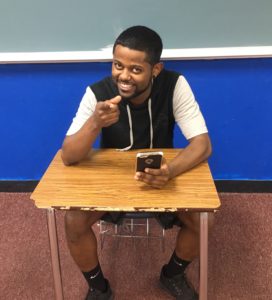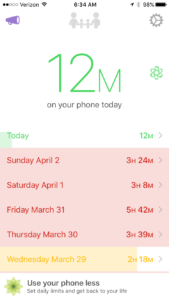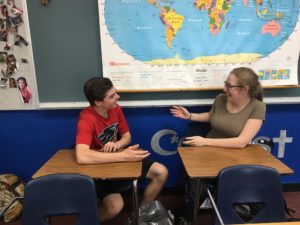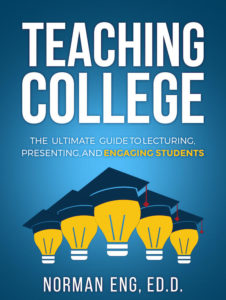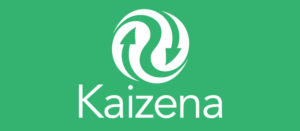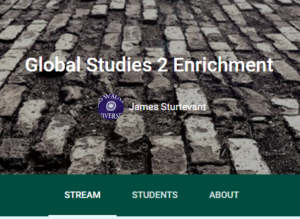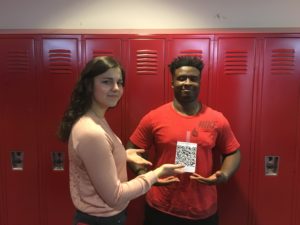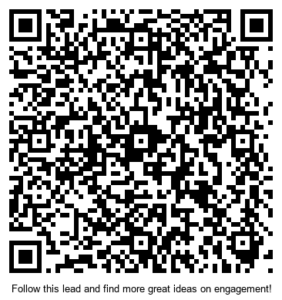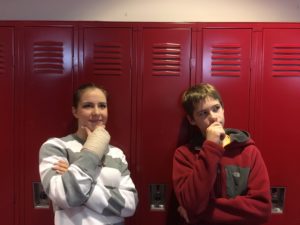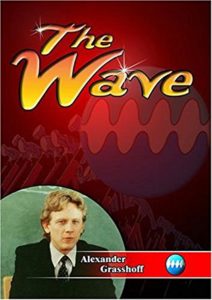It’s so discouraging! You’re preaching the gospel of education, enlightenment, self-improvement, promoting humanities’ greatest ideas…but then you notice that many kids are staring intently down at their laps. Unfortunately, you know why. They need to put that sweet pair of shoes on their Amazon Wishlist before you notice them obsessing over their screens and redirect them.
As a contemporary instructor, I’ve felt this profound burn. I’ll bet you have too. Some teachers are totally hard-nosed. They don’t give the kids an inch on phone use during instruction. If that’s you…RESPECT! However I, like I suspect many teachers, am not so stern when it comes to students and their phones. Plus, kids are darned adept at subtle screen time. And let’s not forget, students can use their devices in class in the pursuit of knowledge. While I’m uncomfortable with prohibition, I’d certainly love to see kids to stare at their phones less during strategic moments of instruction.
In this episode, I promote enlightenment over prohibition. I do this with the InTheMoment App. As I explain in the show, I’m more comfortable giving students tools and information, have them apply it to their existence, and then hope it makes an impact. The InTheMoment App tracks daily screen time. Of course, I applied it to myself first. I’ve read various stats pertaining to average daily phone use. Most data pegs usage at around 4 hours! That seemed exorbitant till I started measuring my usage. I was horrified! Check out March 31st:
I knew darned well that I HAD to expose my kids to this app. We were working through a unit on Buddhism. I was particularly interested in kids applying the concepts of non-attachment and impermanence to their lives. Our first blog prompt was on burning a mandala they drew on a square sheet of paper. Our second prompt promoted the InTheMoment App.
Appearing on this episode is a wonderful young man named Nahom Buckles. Nahom will talk about how this student-led learning activity was enlightening and potentially transformative. Please don’t think this lesson must be limited to social studies. I’ll bet with a little thought you could easily work a phone obsession prompt into your curriculum!
Episode Template
The Problem:
Your kids are obsessed with their phones.
The Solution:
Enlighten them about the extent of this obsession with the InTheMoment App.
What You Can Do Tomorrow:
- Download the app and track your screen time.
- Create a prompt based on your curriculum.
- Challenge students to track their phone use for 1 week.
Perhaps, a great way to manage phone addiction is simple awareness. While it might not convert all your students, I’ll wager that many of your students, like Nahom, will become determined to make changes!
Listen to “53-Entice Kids to Confront Their Phone Obsession and Actually Look Up…AT YOU…Starring Nahom Buckles” on Spreaker.
